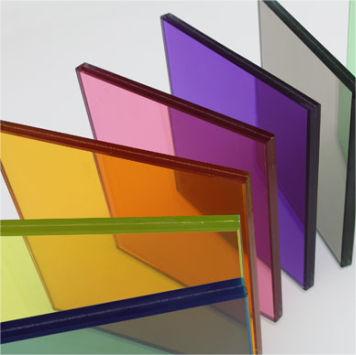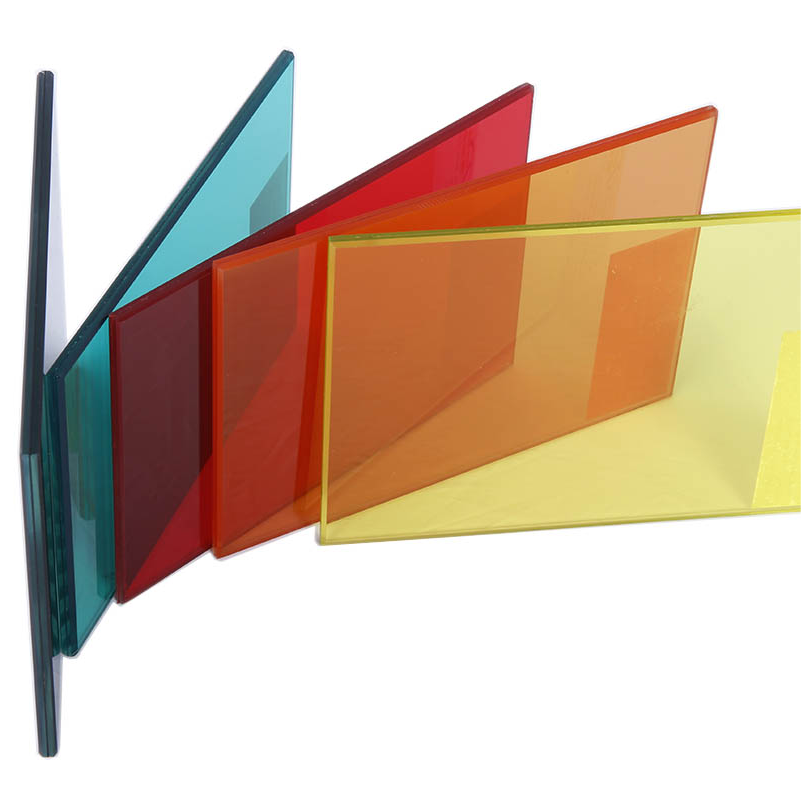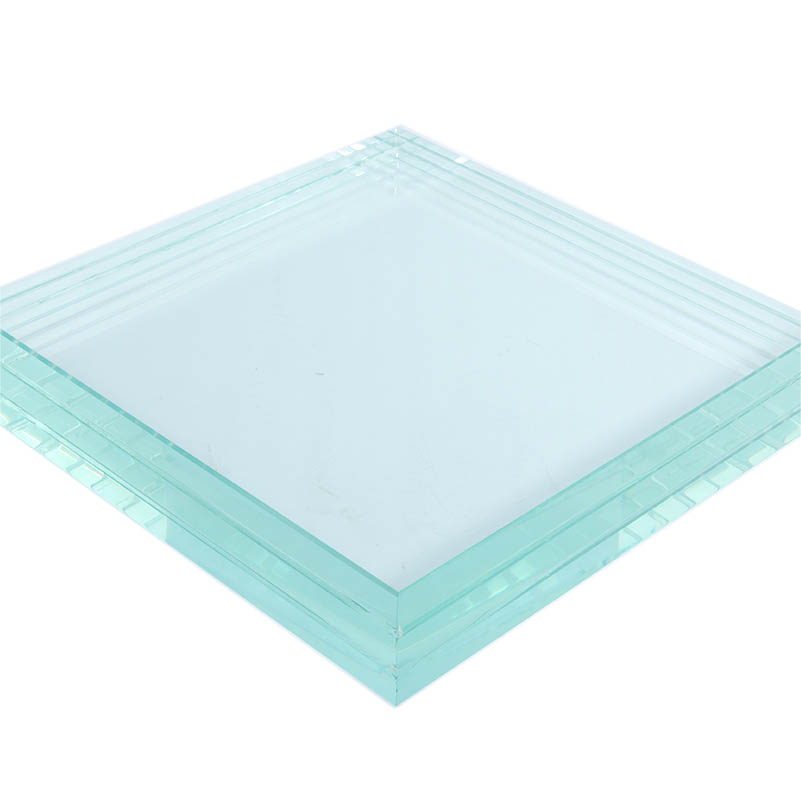PVB Laminated Glass
Basic Information
PVB laminated glass is made by sandwiching a layer of PVB film between two or more sheets of glass. The glass and PVB film are bonded together using heat and pressure to create a single, durable unit. The thickness of the PVB film can vary depending on the desired level of safety and security.
Features
PVB laminated glass is extremely strong and durable, making it resistant to impacts, scratches, and other forms of damage. If broken, the PVB film holds the glass in place, preventing it from shattering and reducing the risk of injury. It can be customized with different colors, patterns, and finishes to achieve a desired aesthetic.
Advantages
PVB laminated glass provides a high level of safety and security, making it ideal for applications where these are a top priority, such as in building facades, skylights, and windows. It can reduce noise transmission, creating a more peaceful and comfortable environment. It blocks up to 99% of UV radiation, protecting people and objects inside the building from harmful sun rays.
Benefits
PVB laminated glass enhances the overall appearance of the building by creating a modern, sleek look. It can increase the value of the property by improving its aesthetics and functionality. It can lower energy costs by reducing the need for artificial lighting and air conditioning.
Applications
PVB laminated glass is commonly used in building facades, skylights, windows, and doors in both residential and commercial properties. It is also used in automotive and aviation industries for windshields and cockpit windows. It can be used in museums and galleries to protect valuable artwork and artifacts.
Specification
1. Thickness: The thickness of PVB Laminated Glass can range from 6mm to 60mm, depending on the application and desired level of safety and security.
2. PVB Interlayer Thickness: The thickness of the PVB interlayer typically ranges from 0.38mm to 3.04mm.
3. Glass Types: PVB Laminated Glass can be made with a variety of glass types, including clear, tinted, reflective, low-e, and patterned glass.
4. Glass Sizes: The maximum size of PVB Laminated Glass depends on the capacity of the laminating line, but it can typically range from small sizes to very large sizes.
5. Color: PVB Laminated Glass can be customized to various colors, depending on the requirements of the application.
6. Sound Reduction: PVB Laminated Glass can provide sound reduction up to 50 decibels, depending on the thickness and number of glass layers used.
7. UV Protection: PVB Laminated Glass can provide up to 99% protection from harmful UV rays.
8. Impact Resistance: PVB Laminated Glass has excellent impact resistance, making it ideal for safety and security applications.
9. Breakage Behavior: If PVB Laminated Glass is broken, the interlayer holds the glass together, preventing it from shattering into sharp, dangerous pieces.
10. Fire Resistance: PVB Laminated Glass can be made with fire-resistant PVB interlayers, which can withstand high temperatures and prevent the spread of flames.



